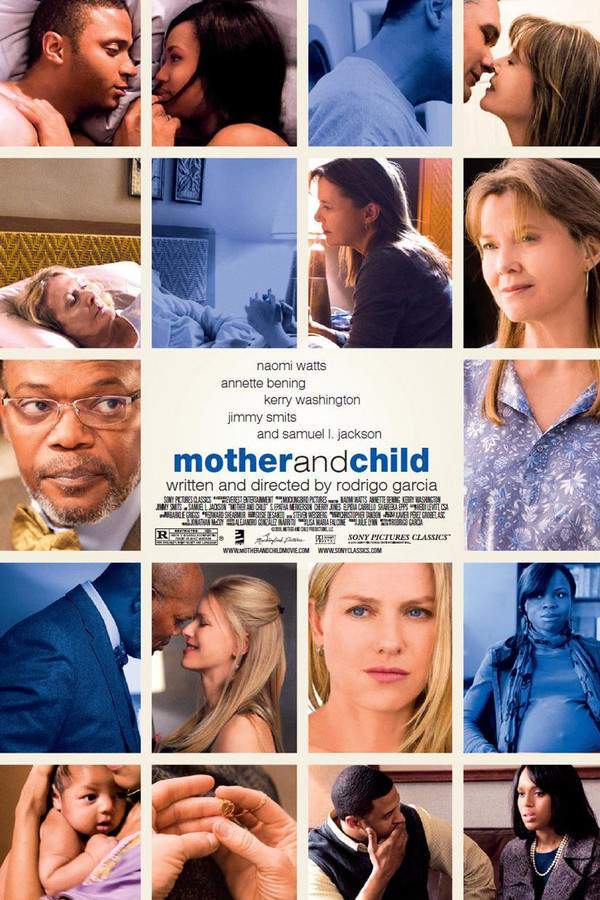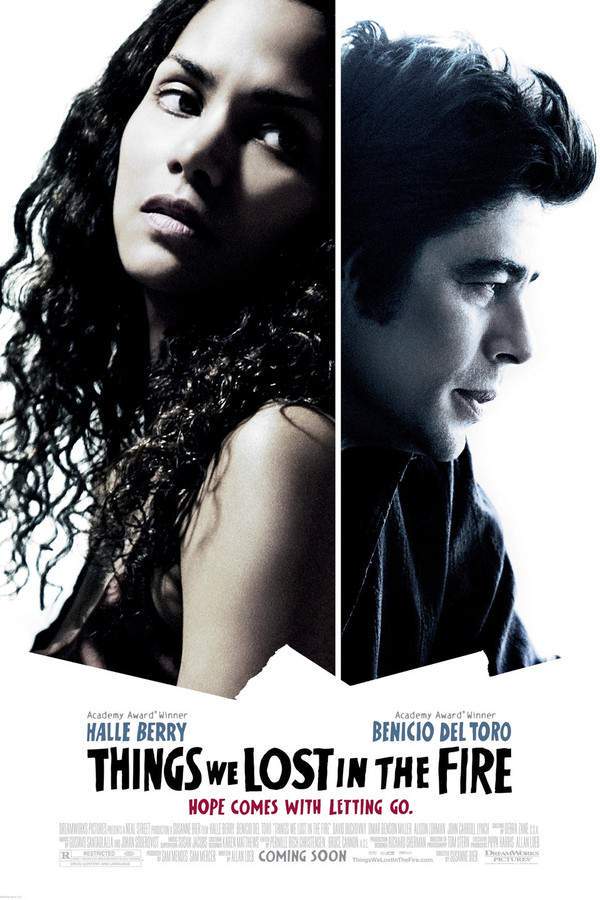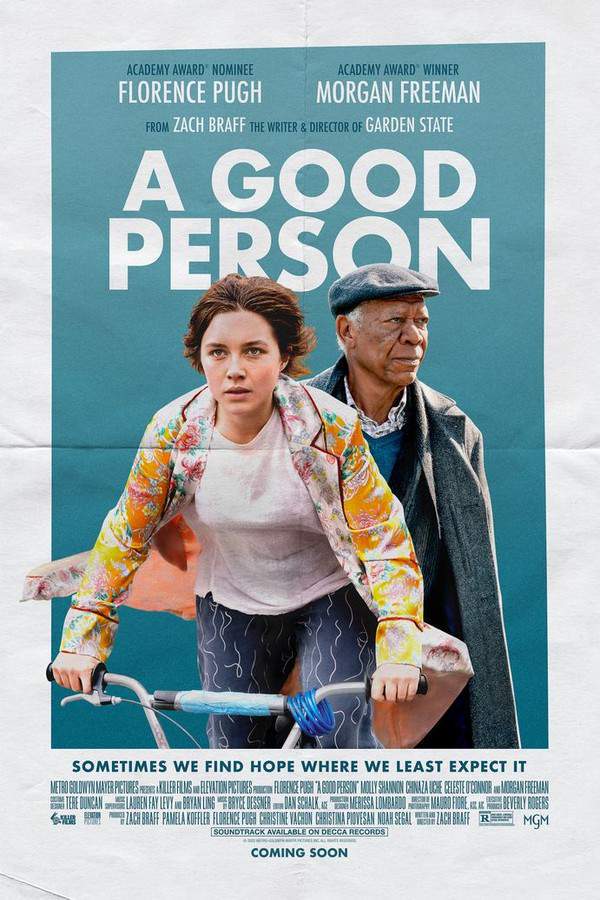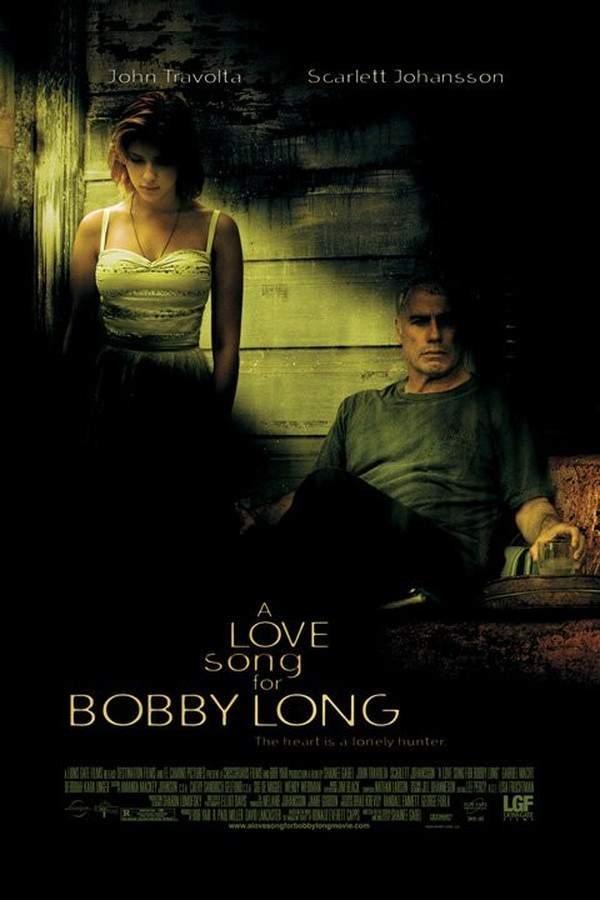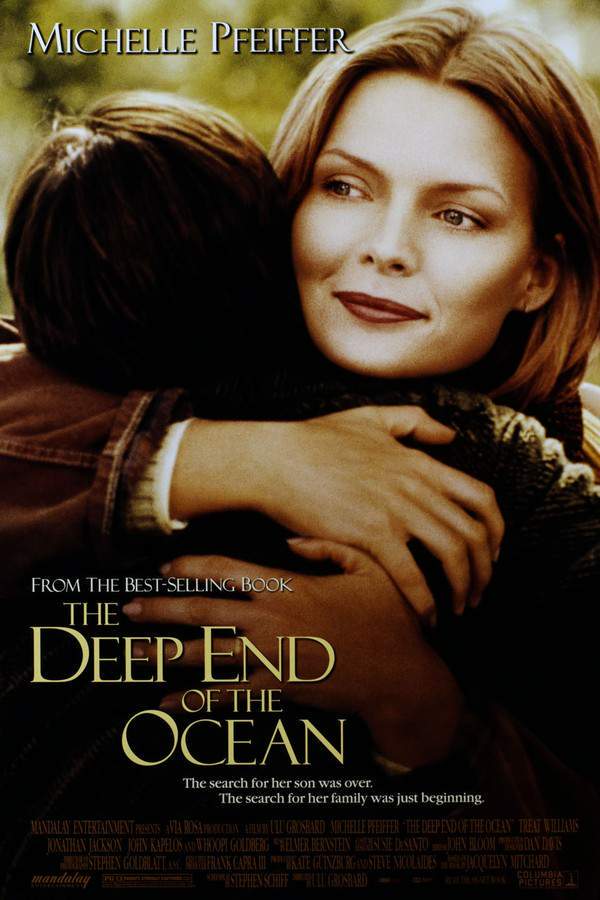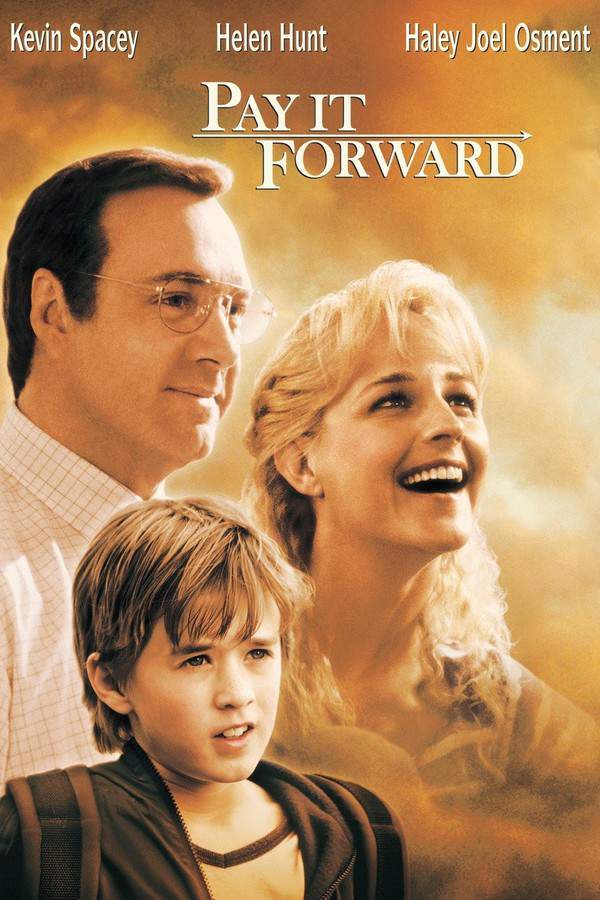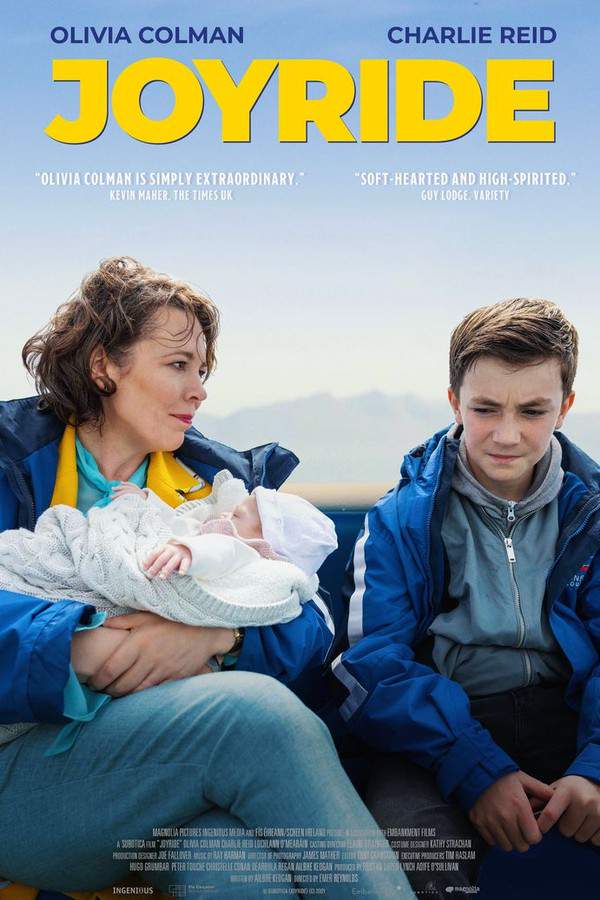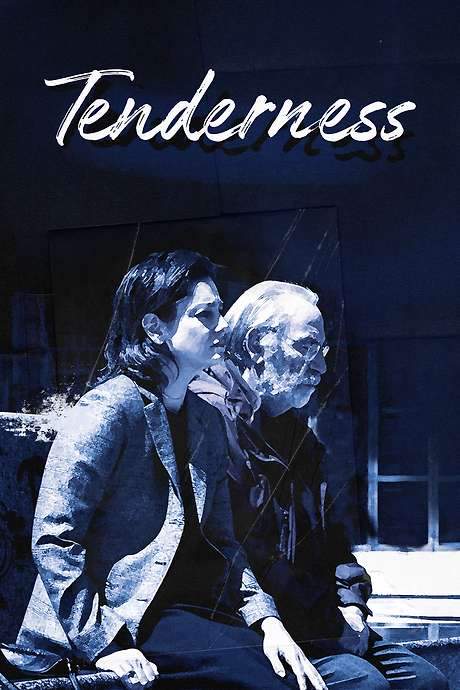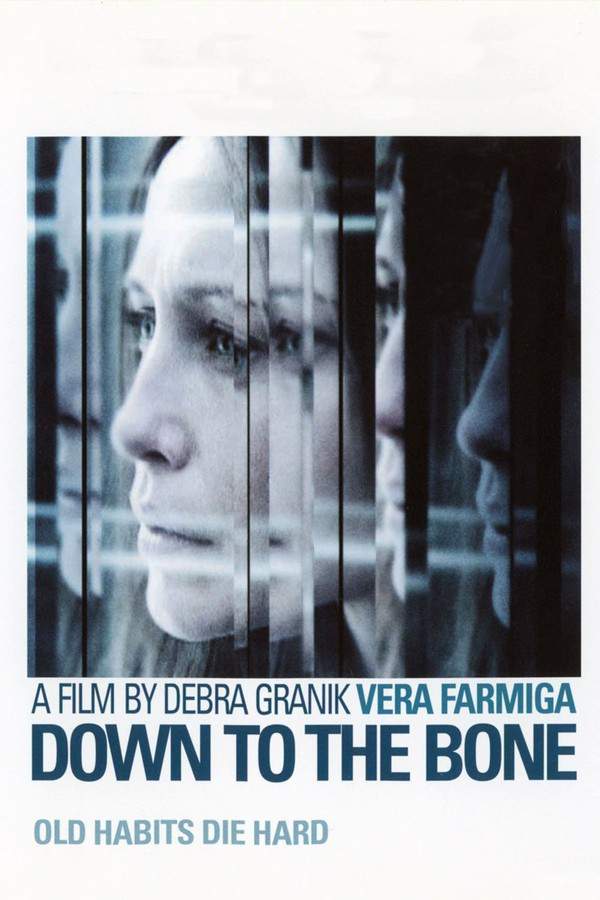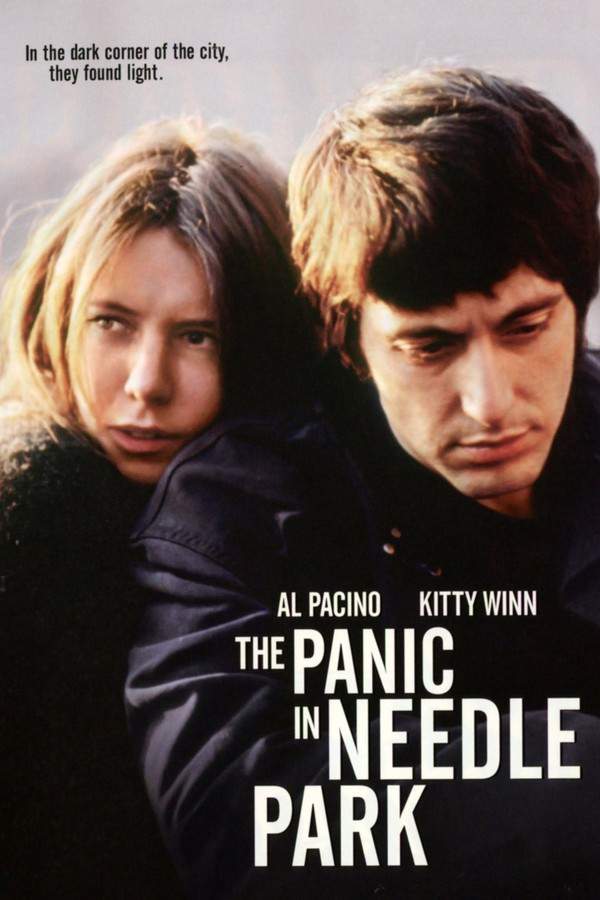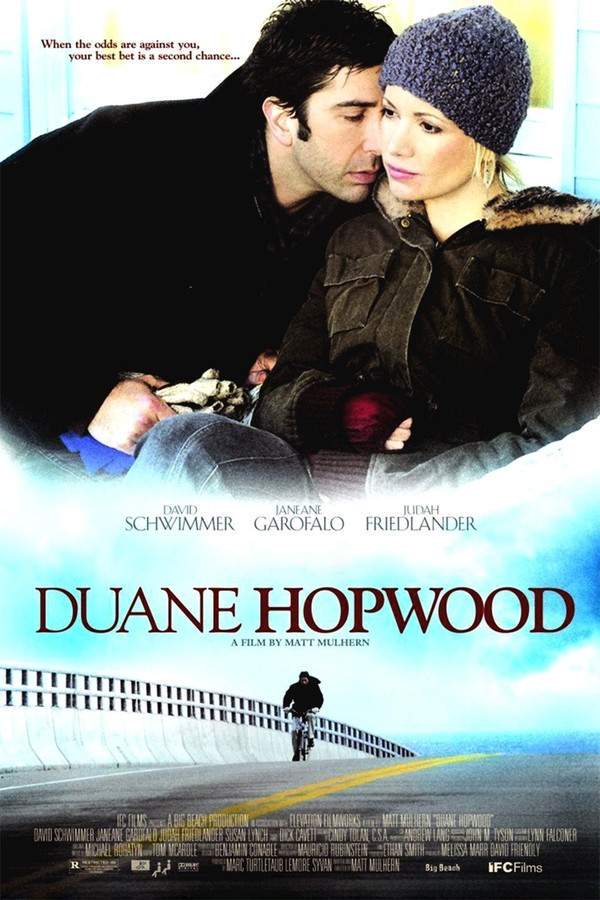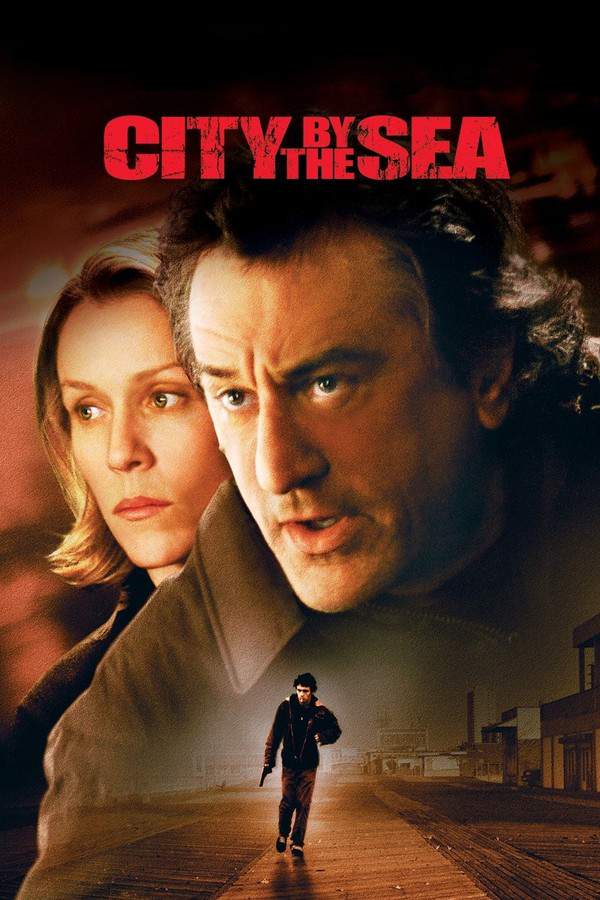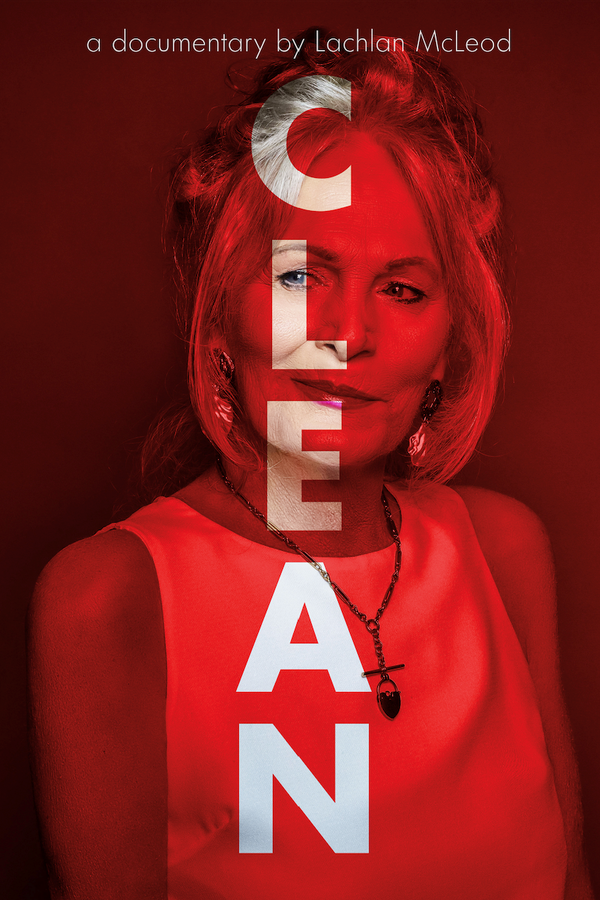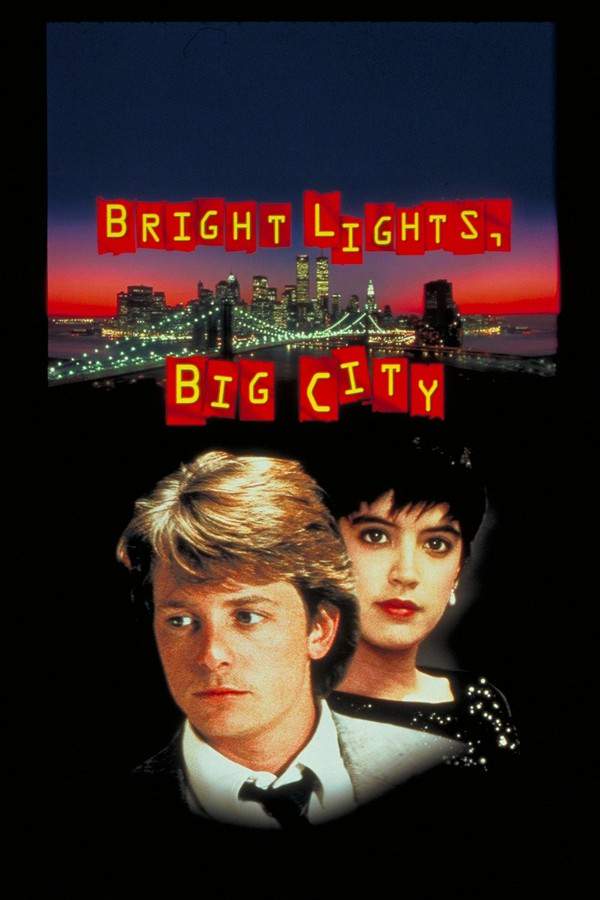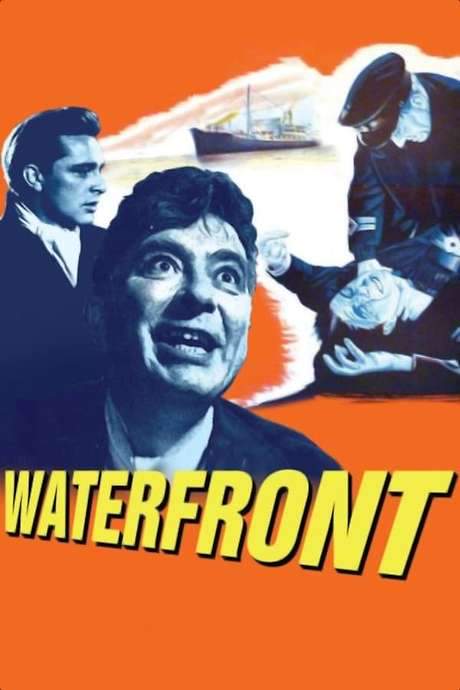
The Wool Cap
Year: 2004
Runtime: 103 mins
Language: English
Director: Steven Schachter
Originally produced as a television movie, it features William H. Macy as a mute superintendent struggling to keep a dilapidated apartment building together, who reluctantly becomes the caretaker of a spirited young girl. The story updates and Americanizes the 1962 feature Gigot, originally written and starred in by Jackie Gleason.
Warning: spoilers below!
Haven’t seen The Wool Cap yet? This summary contains major spoilers. Bookmark the page, watch the movie, and come back for the full breakdown. If you're ready, scroll on and relive the story!
The Wool Cap (2004) – Full Plot Summary & Ending Explained
Read the complete plot breakdown of The Wool Cap (2004), including all key story events, major twists, and the ending explained in detail. Discover what really happened—and what it all means.
Gigot, William H. Macy, is an alcoholic, disgruntled hearing-mute who works as the superintendent of a bustling New York City apartment building, where a cast of eccentric tenants keeps life anything but ordinary. One day, he meets Lou, Keke Palmer, a sharp-witted young girl who lives with her mother Arlene, Cherise Boothe, and her boyfriend Bernard. When Gigot suspects a break-in at their place, he investigates and inadvertently stumbles into trouble as two thugs close in on the couple. His interference creates a diversion that lets Lou slip away to the basement with her mother, and, despite Gigot’s protestations, Arlene entrusts Lou to his care for an indefinite stretch while she tries to straighten things out with Bernard.
From there, Gigot’s stubborn solitude collides with Lou’s fearless but anarchic energy. Lou’s brash, back‑talking demeanor irks him, while his own stark, Spartan lifestyle—no food in the apartment, frequent drinking, and emotional distance—feels like an opposing universe. His only apparent friends are Grace, his pet monkey, and Gloria, a middle‑aged prostitute who circles the building’s world with a hard-won gentleness. Desperate to place Lou with a relative, Gigot learns from the lease that an aunt named Cheryl lives in Philadelphia. They hop a bus to try to convince Cheryl to take Lou in, only to discover that Cheryl and Arlene are enemies and that Cheryl herself won’t treat Lou as a relative.
With options narrowing, Gigot and Lou chase another path, researching one of Arlene’s contacts who points them toward a different apartment building—a place that turns out to be a crack house. There, Gigot confronts the grim realization that Arlene has spiraled into drug addiction. Facing a dead end, he returns home with Lou, only to be robbed at a diner and forced to stage a small-sided show featuring Grace and Lou to scrape together enough money for bus tickets back toward a possible future.
In the wake of these trials, a fragile bond forms between them. Lou’s influence begins reshaping Gigot’s life: he starts to curb his drinking and takes seriously the fact that Lou is almost illiterate and two years older than her classmates. A father-daughter dynamic blossoms as Lou helps Gigot confront his own grief and emotions, especially after Grace is poisoned in a revenge act tied to the drugs Gigot once disposed of. When police visit and reveal that Arlene died of an overdose, Gigot wrestles with how much to shield Lou from hard truths, eventually telling her during a trip to a theme park. Her heartbreak triggers a new wave of responsibility in Gigot, who seeks out Clarence, a Vietnam veteran who has become a foster parent for many homeless children, hoping for guidance.
Clarence and his wife Bess, however, announce retirement, leaving Gigot to stand in as a foster parent himself after Child Protective Services arrives to claim Lou. His bid to become a foster parent is thwarted by a stretch of bad luck and bureaucratic hurdles, including a jail sentence that prevents him from being a candidate and a marriage proposal to Gloria that is refused. The search for a stable family culminates in a painful turn: Gigot’s aging parents, whom he hasn’t seen in 28 years, hold the key to Lou’s future, but the truth of his family history is not easy to swallow. He discovers that his mother is dead, his father has remarried, and years of isolation and drinking—rooted in survivors’ guilt from his Vietnam days—have shaped who he has become. The wool cap that Gigot wears throughout the movie—belonging to his younger sister, who died in a car accident when he was driving under the influence—embodies the weight of his past. When his father rejects his appeal to adopt Lou, the scene marks a turning point in Gigot’s inner life.
Meanwhile, Lou’s time in the foster system grows heavy. The stress and struggle take their toll, and she ends up in juvenile hall after a shoplifting episode, shutting herself off from Gigot as she believes a home may never be found. On Christmas Day, Gigot tries to release the past, letting his sister’s wool cap drift away in a river as a symbolic, quiet gesture of letting go. Yet the moment of upheaval also brings a glimmer of reconciliation when his stepmother and father appear at the apartment building, and he reaches out to them with a renewed sense of possibility. After a brief hesitation, Gigot and his father embrace, signaling a potential repair of their fractured relationship.
In a pivotal, tender moment, Gigot visits Lou at juvenile hall and uses sign language to tell her that he would like to adopt her. Lou, mirroring his own quiet ascent, responds with a wordless, hopeful silence, accepting the offer in her own way. The story then jumps forward a year, into a winter that finds Gigot guiding his father’s business and picking up Lou from school, where she has grown into a bright, capable student. The two ride away together, laughter returning to their lives as they begin to build a new family, rooted in mutual care, shared history, and the quiet strength of found belonging.
Last Updated: October 09, 2025 at 15:18
Explore Movie Threads
Discover curated groups of movies connected by mood, themes, and story style. Browse collections built around emotion, atmosphere, and narrative focus to easily find films that match what you feel like watching right now.
Movies about found family and redemption like The Wool Cap
Damaged individuals slowly build new families, healing past wounds together.Explore movies like The Wool Cap where characters burdened by past trauma and grief find unexpected solace and purpose by forming a new family. These films feature heartfelt, steady-paced dramas about redemption, connection, and healing emotional wounds.
Narrative Summary
These stories typically follow a withdrawn protagonist, often grappling with guilt or loss, whose solitary existence is interrupted by the arrival of a dependent individual. Through a series of challenges and reluctant caretaking, a deep, non-romantic bond forms, forcing the protagonist to confront their past and open themselves up to connection, leading to a bittersweet but hopeful resolution.
Why These Movies?
They are grouped by their shared emotional core: a heavy, bittersweet tone centered on redemption through connection. The pacing is steady and character-driven, focusing on the quiet, transformative power of found family rather than plot-heavy twists.
Gritty urban character dramas similar to The Wool Cap
Intimate stories of struggle and small moments of grace in a harsh city.If you liked the realistic, weathered setting and heavy themes of The Wool Cap, discover more movies that offer a raw look at life's hardships. These films feature steadfast pacing and focus on complex characters navigating gritty urban environments.
Narrative Summary
The narrative is less about a complex plot and more about observing characters navigate a challenging, often bleak environment. The focus is on daily survival, moral choices in difficult circumstances, and the small, often unspoken connections that provide solace. The story unfolds linearly, emphasizing authenticity and emotional truth over dramatic contrivance.
Why These Movies?
They share a specific atmospheric quality: a melancholic, gritty mood set in a realistic urban world. The tone balances heavy emotional weight with moments of heartfelt connection, and the straightforward, steady pacing allows for deep immersion in the characters' lives.
Unlock the Full Story of The Wool Cap
Don't stop at just watching — explore The Wool Cap in full detail. From the complete plot summary and scene-by-scene timeline to character breakdowns, thematic analysis, and a deep dive into the ending — every page helps you truly understand what The Wool Cap is all about. Plus, discover what's next after the movie.
The Wool Cap Timeline
Track the full timeline of The Wool Cap with every major event arranged chronologically. Perfect for decoding non-linear storytelling, flashbacks, or parallel narratives with a clear scene-by-scene breakdown.

Characters, Settings & Themes in The Wool Cap
Discover the characters, locations, and core themes that shape The Wool Cap. Get insights into symbolic elements, setting significance, and deeper narrative meaning — ideal for thematic analysis and movie breakdowns.

The Wool Cap Spoiler-Free Summary
Get a quick, spoiler-free overview of The Wool Cap that covers the main plot points and key details without revealing any major twists or spoilers. Perfect for those who want to know what to expect before diving in.

More About The Wool Cap
Visit What's After the Movie to explore more about The Wool Cap: box office results, cast and crew info, production details, post-credit scenes, and external links — all in one place for movie fans and researchers.



